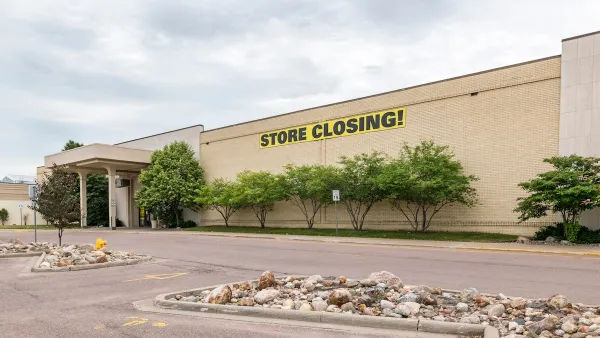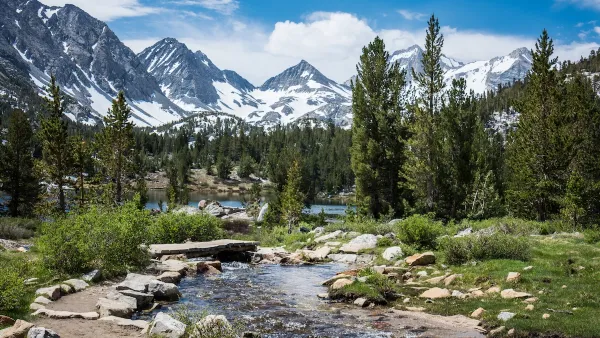What is your county doing to preserve open spaces important to your community? And is it effective? If the answers to those questions are "not enough" and "no", read on and take these effective strategies to your lawmakers.
"Local land use issues are often the catalyst for getting new people involved in environmental issues. When a community confronts the prospect of losing a nearby forest or farm to development, it often produces a new generation of conservationists interested not only in the view, but in larger environmental issues. And in an era when concerns about global warming are paramount, preserving wild land and stopping the tide of suburban sprawl are important parts of long-term sustainability initiatives."
"The Trust for Public Land and the National Association of Counties recognized five initiatives that worked to preserve open space like farmland, forests and ridges that are important to local communities concerned about sprawl, water quality and wildlife habitat."
"Counties are the level of government that, more and more, are leading the charge to protect open space, according to leaders of the two organizations. With state and federal budgets strapped, and local governments typically unable to marshal the money needed to buy land or conservation easements, that is likely to continue to be the case."
"Since 1996, 151 counties have prioritized land conservation with new or reconsidered conservation programs. In that time these counties have passed 260 ballot measures, generating $14.3 billion for open space, parks, watersheds, recreational lands and wildlife preserves. Over 77 percent of all county conservation ballot measures in the last decade have won voter approval."
"'We can react to pressures like development, or be thoughtful in our responses,' said Will Rogers, TPL President. 'Local conservation programs can help our communities shape thoughtful growth. This year's winners are being recognized for their commitment to creating healthy, livable places.'"
Thanks to Matt Shaffer
FULL STORY: 5 Proven Ways to Preserve Open Space

National Parks Layoffs Will Cause Communities to Lose Billions
Thousands of essential park workers were laid off this week, just before the busy spring break season.

Retro-silient?: America’s First “Eco-burb,” The Woodlands Turns 50
A master-planned community north of Houston offers lessons on green infrastructure and resilient design, but falls short of its founder’s lofty affordability and walkability goals.

Delivering for America Plan Will Downgrade Mail Service in at Least 49.5 Percent of Zip Codes
Republican and Democrat lawmakers criticize the plan for its disproportionate negative impact on rural communities.

Test News Post 1
This is a summary

Test News Headline 46
Test for the image on the front page.

Balancing Bombs and Butterflies: How the National Guard Protects a Rare Species
The National Guard at Fort Indiantown Gap uses GIS technology and land management strategies to balance military training with conservation efforts, ensuring the survival of the rare eastern regal fritillary butterfly.
Urban Design for Planners 1: Software Tools
This six-course series explores essential urban design concepts using open source software and equips planners with the tools they need to participate fully in the urban design process.
Planning for Universal Design
Learn the tools for implementing Universal Design in planning regulations.
EMC Planning Group, Inc.
Planetizen
Planetizen
Mpact (formerly Rail~Volution)
Great Falls Development Authority, Inc.
HUDs Office of Policy Development and Research
NYU Wagner Graduate School of Public Service




























